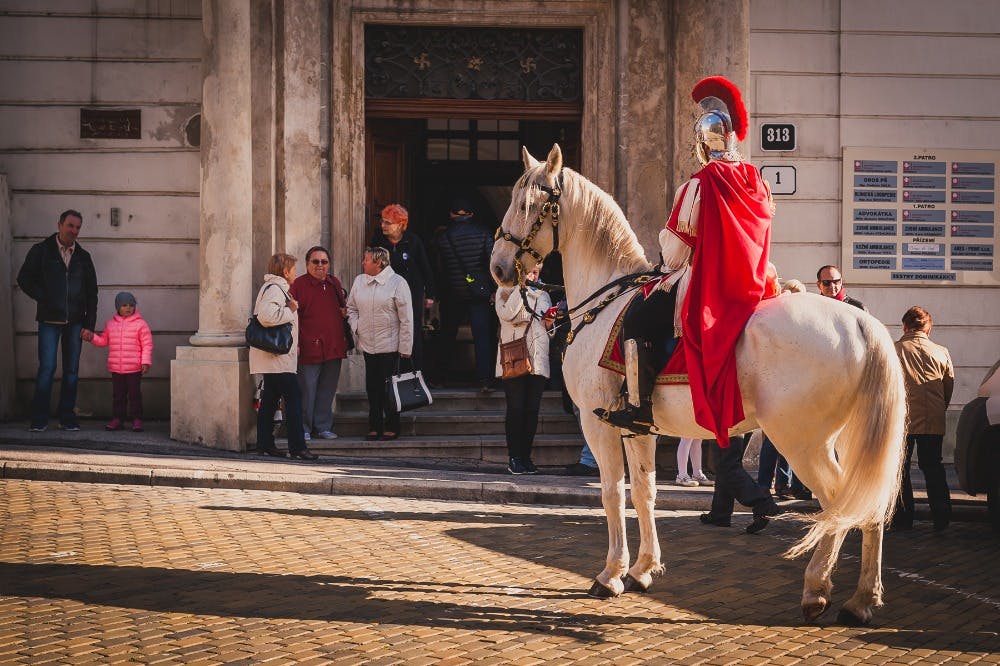About Saint Martin's Wine
About Saint Martin's Wine
The traditional Saint Martin's celebrations as an occasion for good food and drink have lasted well until today.
Saint Martin's wines are the first wines of the vintage, which are consumed and, according to the tradition, one can make a toast with for the first time on the feast day of St Martin, 11th November. These wines are refreshing and fruity and, although that they have only matured for a few weeks, they manage to achieve their distinctive character.
Wines which are sold under the collective designation (the logo of Saint Martin on his white horse on the label), must comply with the required criteria and their release on the market has to be approved each year by the specialised committee. Bottles are also required to have the collectively used cork stoppers with capsules or screw-top closures bearing the trade-mark "Svatomartinské".
Only the following early-ripening varieties are permitted for the production under the SVATOMARTINSKÉ trademark:
White wine: Müller-Thurgau, Frühroter Veltliner, Moravian Muscat
Red wine: Blauer Portugieser and Saint Laurent
Rosé and blancs de noirs: Blauer Portugieser, Zweigeltrebe and Saint Laurent
It is recommended to consume these wines by the following spring, after which time the wine may lose its expressive taste and freshness.
Wines which are sold under the collective designation (the logo of Saint Martin on his white horse on the label) must comply with the required criteria

The history of Saint Martin's wines
The tradition of Saint Martin's wines stretches as far back as the court of Emperor Josef II, when it first became customary to toast the feast day of Saint Martin with the season’s new wine. On this day the vineyard workers who worked for larger landowners finished their seasonal duties, the continuation of which was usually negotiated with the first glass of ready-made wine from the autumn harvest accompanied by opulent dishes of roast goose, duck and pies.
The traditional Saint Martin's celebrations as an occasion for good food and drink have lasted well until today.
